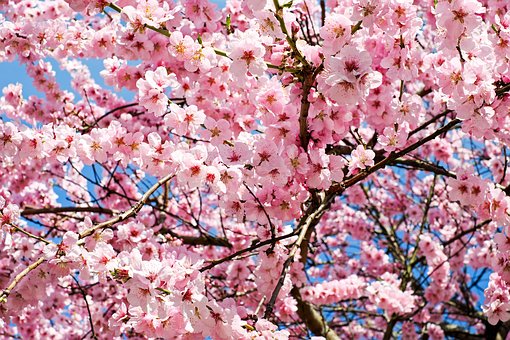A Brief History: The Cherry Blossom Festival

Spring in Washington, D.C. ushers in warm weather and blossoming cherry trees. The National Cherry Blossom Festival celebrates the gorgeous flowers and generational gift of those trees. Millions travel to Washington, D.C. each year to admire the blossoming trees and enjoy the festival’s sights and sounds.
The National Cherry Blossom Festival commemorates the gift of over 3,000 cherry trees from Japan in 1912. The cherry trees and annual National Cherry Blossom Festival honor the friendship between the U.S. and Japan.
Through the coordination of many people, the cherry trees arrived safely in Washington, D.C. where they have thrived for over a century. The National Park Service summarized this amazing journey, and how the nation came to celebrate the cherry trees.
1885-1909: THE CHERRY TREE IDEA
Eliza Scidmore, a travel writer and photographer, formed the idea of planting cherry trees in Washington, D.C. after her return from Japan in 1885. Her request was unsuccessful until 1909 when she decided to raise the money to purchase the cherry trees.
Ms. Scidmore wrote to First Lady Helen Herron Taft about the plan to purchase and donate the cherry trees to the city. The first lady was enthusiastic about the idea and decided to take up the matter. Once the Japanese consul in New York was informed of the first lady’s plan, he suggested that his government gift 2,000 cherry trees to the U.S. government.
1910: THE FIRST CHERRY TREES ARRIVE
On January 6, 1910, around 2,000 cherry trees arrived in Washington, D.C. About two weeks later, the Department of Agriculture discovered that the trees were diseased and unfit for planting. The department concluded that the trees must be destroyed.
Undeterred by this setback, Tokyo Mayor Yukio Ozaki, with the approval of Toyko City Council authorized a second donation of cherry trees be made.
1912: SYMBOL OF FRIENDSHIP
On Valentine’s Day, 3,020 cherry trees from 12 varieties were shipped from Yokohama, bound for Seattle, WA. Upon arrival, the cherry trees were transferred to insulated freight cars for the shipment to Washington D.C.
The cherry trees arrived in Washington, D.C. in March of 1912.
First Lady Helen Herron Taft and the Viscountess Chinda, wife of the Japanese Ambassador, planted two Yoshino cherry trees on the northern bank of the Tidal Basin in a simple ceremony in March 1912. These two original trees still stand several hundred yards west of the John Paul Jones Memorial, located at the end of 17th Street, SW. Situated near the bases of the trees is a large bronze plaque which commemorates the ceremony.
1935: BEGINNING OF THE CHERRY BLOSSOM FESTIVAL
In 1935, many civic groups jointly sponsored the first official “Cherry Blossom Festival.” It became an annual event, which grew in length to include several diverse activities in subsequent years.
PRESENT DAY: PRESERVING HISTORY
In 2011, approximately 120 specimens from the surviving 1912 cherry trees around the Tidal Basin were collected by the National Park Services’ Horticulturists and sent back to Japan to the Japan Cherry Blossom Association to retain the genetic lineage. Through this cycle of giving, the cherry trees continue to fulfill their role as a symbol and agent of friendship between the U.S. and Japan.
Today’s National Cherry Blossom Festival has grown from its humble beginnings in 1935 to a national springtime celebration — where millions gather each year to gaze at the blooming cherry trees and take part in the festival activities.